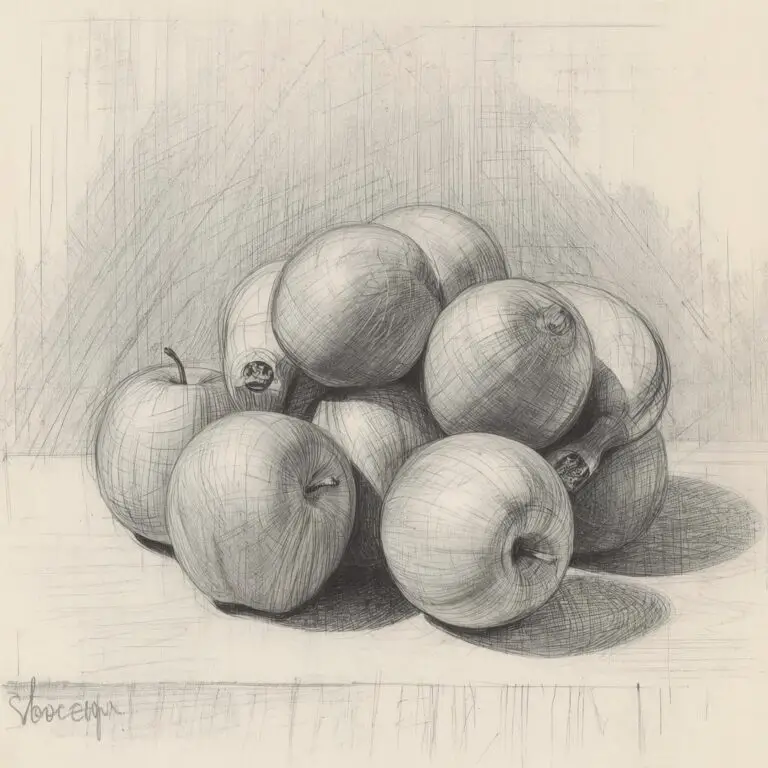How to See in Drawing: Still Life Drawing Tips
One of the most important skills any artist can develop is the ability to see. It may sound simple, but learning how to truly see — rather than just look — is what separates an ordinary drawing from a remarkable one. In still life drawing, where the subject doesn’t move, this skill becomes even more essential. Let’s explore how to train your eyes and mind to observe deeply and translate what you see into expressive, realistic art.
1. Look Beyond the Object — See the Shapes
When we draw, our brains often trick us into seeing what we think an object looks like instead of what it actually looks like. For example, we might think of an apple as a perfect round shape, but if you look carefully, you’ll notice that it’s not perfectly round at all — it may lean slightly to one side, cast uneven shadows, and have subtle changes in color and texture.
Try to shift your focus from seeing “an apple” to seeing the shapes, angles, and negative spaces that make it up. Look at how light falls across its surface, how the edges curve, and how it interacts with surrounding objects. Seeing in terms of shapes and tones rather than names helps you draw more accurately.

2. Train Your Eyes for Value and Light
Light and shadow give still life drawings their depth and realism. Spend time observing where the light source is coming from. Notice the difference between the lightest highlights, mid-tones, and darkest shadows. A good trick is to squint your eyes slightly while observing your subject — this helps you see the main value shapes without getting distracted by details.
Start your drawing by blocking in these main value areas lightly before focusing on smaller details. Remember, light defines form; once you understand the light, you understand the structure.
3. Slow Down and Observe
Still life drawing isn’t about rushing to finish a picture — it’s about careful observation. Take a few minutes just to study your setup before touching your pencil to paper. Notice proportions, spacing, and relationships between objects. Where does one object overlap another? How do their heights compare? Observation is half the work; drawing is simply recording what you’ve noticed.

4. Use Measuring and Comparison
A common mistake beginners make is misjudging proportions. To avoid this, use your pencil as a measuring tool. Hold it at arm’s length and compare sizes, angles, and alignments. For instance, you can check whether the top of a vase aligns with the middle of a nearby bottle. These visual comparisons keep your composition accurate and balanced.
5. Practice Mindful Seeing
Drawing is as much about mindfulness as it is about technique. When you slow down and truly see the subject — the textures, reflections, and subtle color changes — you start to connect with what you’re drawing. Over time, your ability to see like an artist will become second nature.
In short: To draw better, you must learn to see better. Still life drawing teaches patience, observation, and an appreciation for the beauty of simple things. The more you train your eyes to notice the small details, the more life and truth your drawings will hold.
